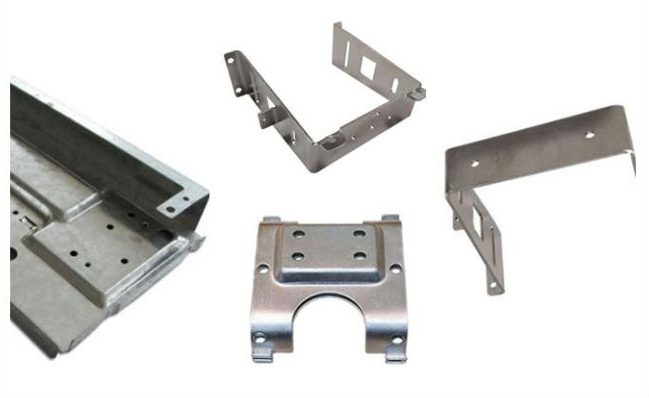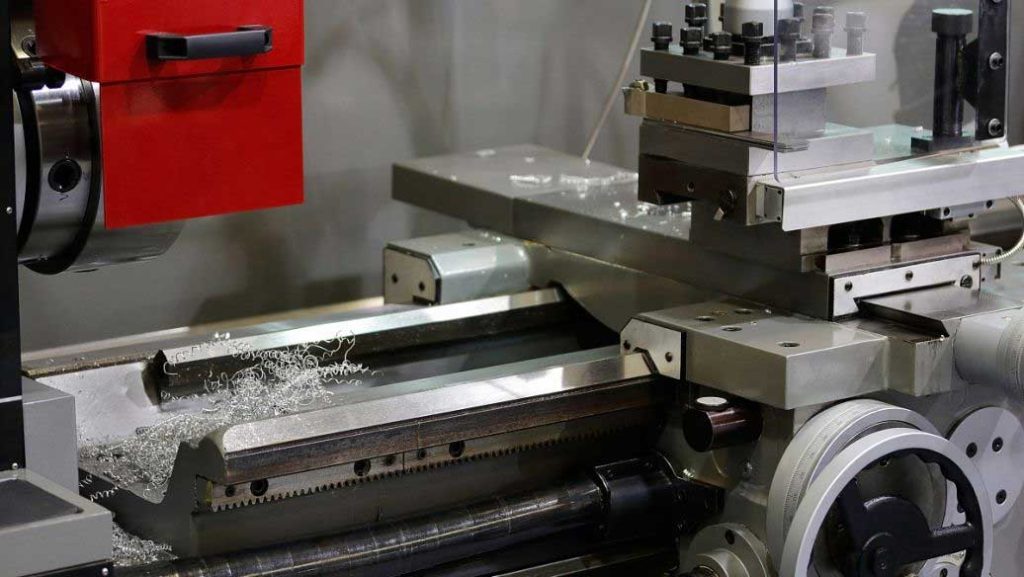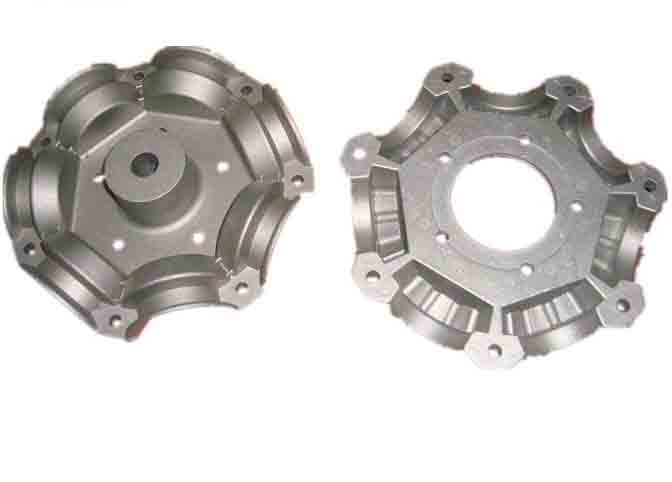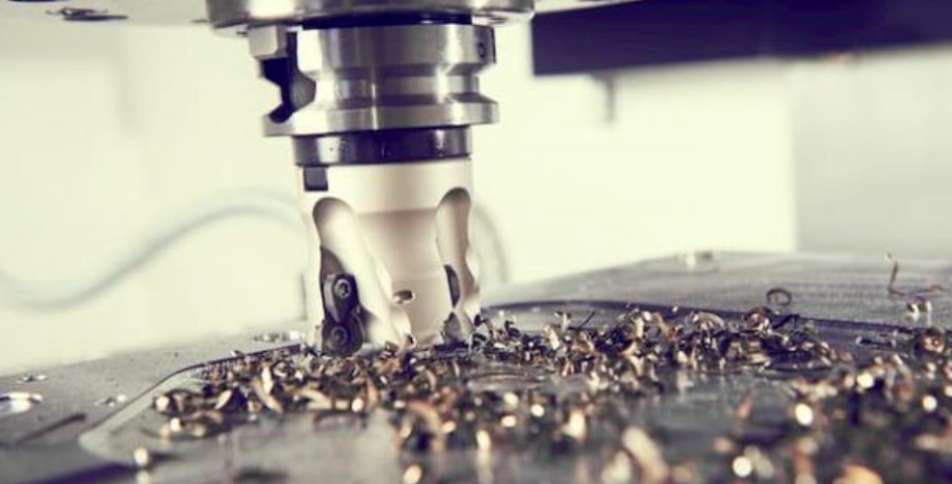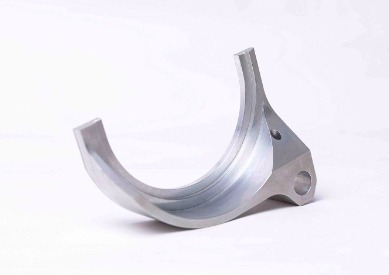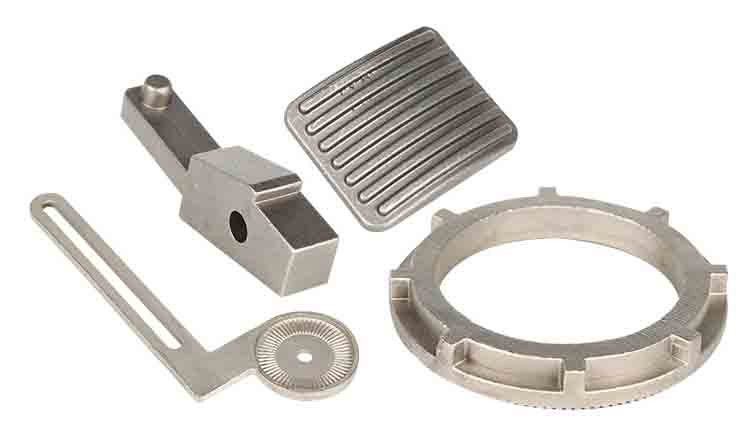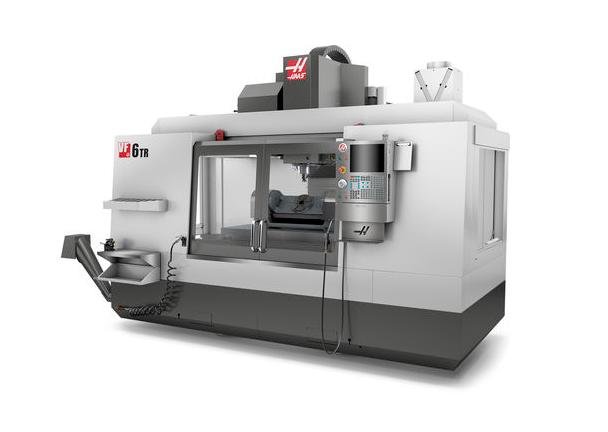Some people like Coke, some people like Coca-Cola, and some people like Pepsi, but do you know how Coke cans are produced? Stamping is the most typical manufacturing process in the machining industry, do you know it? This article will use the simplest words to let you understand the production process of cans in 5 minutes.
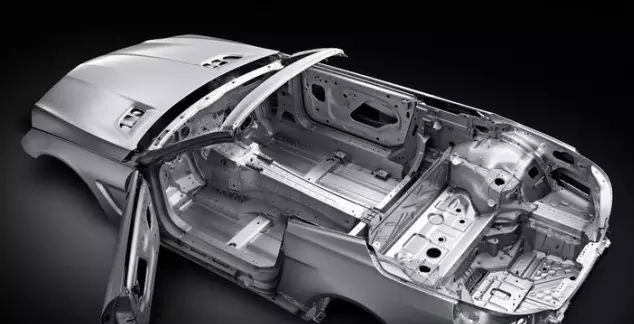
What is Stamping?
Stamping is a forming and processing method that applies external force to sheets, strips, pipes and profiles by means of presses and dies to cause plastic deformation or separation to obtain workpieces (stampings) of desired shape and size.
The body, chassis, fuel tank, radiator sheet of the car, the steam drum of the boiler, the shell of the container, the iron core silicon steel sheet of the motor and the electrical appliance are all stamped. There are also a large number of stamping parts in instruments, household appliances, bicycles, office machinery, living utensils and other products.
According to the stamping temperature, it is divided into hot stamping and cold stamping. The former is suitable for sheet metal processing with high deformation resistance and poor plasticity; the latter is performed at room temperature and is a commonly used stamping method for thin sheets.
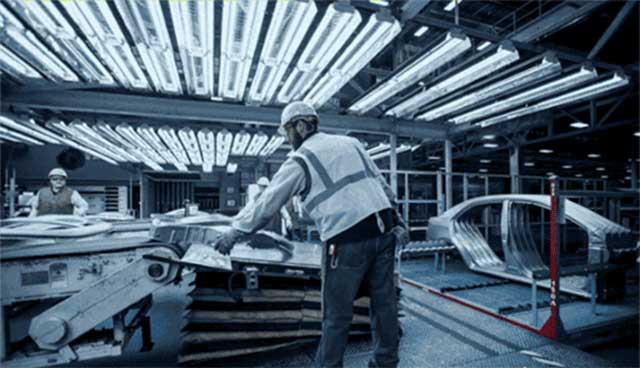
What are the Elements of Stamping Processing?
Sheet metal, mold, and equipment are the 3 elements of stamping processing.
- Sheet metal
The surface and intrinsic properties of the sheet metal used for stamping have a great influence on the quality of the stamped product. Here are the key points for stamping material requirements:
- The thickness is precise and uniform.
- Smooth surface, no spots, no scars, no scratches, no surface cracks, etc. Prevent waste generation.
- The yield strength is uniform and has no obvious directionality. To reduce the production of defective or waste products
- High uniform elongation. To prevent uneven deformation.
- The yield strength ratio is low. To improve the accuracy of bending parts.
- Low work hardening. To prevent deformation later.
- Mold
The precision and structure of the die directly affect the forming and precision of the stamping parts. Mold manufacturing cost and life are important factors that affect the cost and quality of stamping parts.
- Equipment
Here are the common equipments in stamping processing:
- According to the transmission structure: manual punching machine, mechanical punching machine, hydraulic punching machine, pneumatic punching machine, high-speed mechanical punching machine, CNC punching machine
- According to machining accuracy: ordinary punch, precision punch
- According to the scope of use: ordinary punch, special punch
What are the Characteristics of Stamping Processing?
The production efficiency of stamping processing is high, and the operation is convenient, and it is easy to realize mechanization and automation. Here are some key characteristics of stamping processing:
- Variety of Operations: Stamping can involve various operations such as punching, blanking, bending, forming, coining, and embossing. Each operation serves a specific purpose in shaping the metal into the final part.
- High Precision: Stamping processes are capable of producing parts with high precision and tight tolerances. This is crucial for ensuring the dimensional accuracy and quality of the finished parts.
- High Volume Production: Stamping is well-suited for high-volume production runs. Once the tooling is set up, the process can be automated for efficient and consistent production of large quantities of parts.
- Cost-effective: Despite the initial tooling costs, stamping can be cost-effective for large production runs due to its high-speed production capabilities and minimal material waste.
- Complex Geometries: Stamping can be used to produce parts with complex geometries and intricate shapes. This versatility makes it a preferred choice for a wide range of applications across various industries.
- Surface Finish: Stamped parts typically have smooth surface finishes, which may eliminate the need for additional finishing processes in some cases.
- Material Thickness: Stamping can accommodate a wide range of material thicknesses, depending on the capabilities of the press and the specific requirements of the part.
Overall, stamping processing offers manufacturers a highly efficient and versatile method for producing metal parts with precision, speed, and cost-effectiveness.
What is the stamping process like?
In the modern part manufacturing process, stamping is fully automated production, and its production method is shown in the figure below:

But it’s actually so fast!
The stamping process involves several steps to transform sheet metal into a finished part. Here’s an overview of the typical sequence of operations in stamping:
- Design and Tooling Preparation: The process begins with the design of the part to be manufactured. Once the design is finalized, specialized tooling, including dies and punches, is created based on the part’s geometry. The dies are typically made of hardened steel and are customized for each specific part.
- Material Selection and Preparation: The sheet metal material to be used is selected based on the requirements of the part. Common materials include steel, aluminum, copper, and stainless steel. The sheet metal is then cleaned and prepared for stamping to ensure the quality of the final part.
- Loading the Material: The sheet metal is loaded onto the stamping press, which can be either a mechanical or hydraulic press. The press consists of a stationary bed and a movable ram, which applies force to the material.
- Stamping Operations:
- Punching: The first step involves punching holes or cutting the outline of the part from the sheet metal. This process is known as blanking.
- Forming: Forming operations involve bending, stretching, or reshaping the sheet metal to achieve the desired shape of the part. This may include operations such as bending, drawing, or deep drawing.
- Coining: Coining is a process used to create fine details or embossed features on the surface of the part.
- Trimming: Trimming removes excess material from the edges of the formed part, ensuring clean and precise dimensions.
- Ejection: Once the stamping operations are complete, the finished part is ejected from the die cavity. This can be done manually or using automated ejection systems, depending on the complexity of the part and the capabilities of the press.
- Quality Inspection: The stamped parts are inspected to ensure they meet the specified dimensional tolerances and quality standards. Any defects or imperfections are identified and addressed as needed.
- Finishing Operations (Optional): Depending on the application and requirements of the part, additional finishing operations such as deburring, surface treatment, or coating may be performed to improve the appearance and functionality of the finished part.
- Packaging and Shipping: Once the parts have passed inspection and any necessary finishing operations are complete, they are packaged according to customer specifications and shipped to their destination.
Throughout the stamping process, proper maintenance of the tooling and equipment is essential to ensure consistent quality and efficiency in production. Additionally, the highly automated stamping processes can increase productivity and reduce labor costs, especially for high-volume production runs.
In the stretching process, in order to prevent the processing material from being damaged, it must be broken down into multiple steps to complete a die casting process.
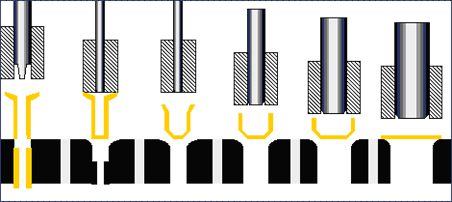
It is to use the production method of die casting to transform one by one from aluminum wafers into complete aluminum cans. Isn’t this amazing? Such a simple, fast and efficient production method is due to the continuous development of modern technology.
Conclusion
In conclusion, stamping is a highly versatile and efficient manufacturing process that plays a vital role in producing a wide range of metal parts used in various industries. From automotive components to consumer electronics and beyond, stamping offers manufacturers the ability to create complex shapes with precision and consistency. By utilizing specialized tooling and presses, sheet metal can be transformed into finished parts with minimal material waste and high production speeds. Whether it’s punching, forming, coining, or trimming, each step in the stamping process contributes to the creation of quality parts that meet stringent dimensional tolerances and quality standards. As technology continues to advance, stamping processes evolve, offering even greater capabilities and efficiencies. Understanding the fundamentals of stamping empowers designers, engineers, and manufacturers to leverage this essential manufacturing technique to bring innovative products to life.


